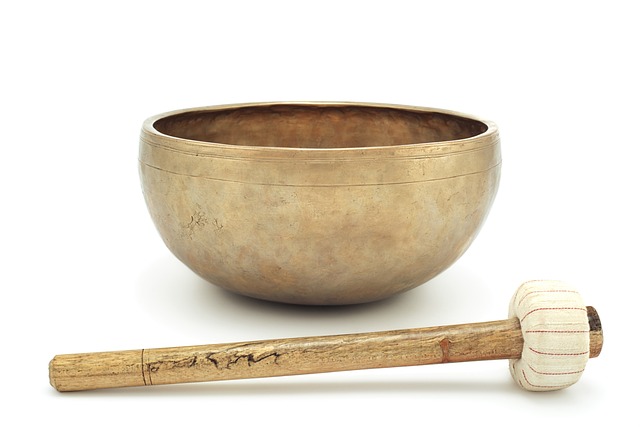Cold water immersion therapy (hydrotherapy) offers a range of health benefits, including improved alertness, reduced inflammation, better circulation, and mental well-being through endorphin release. It also strengthens communities by fostering trust and emotional connections through shared experiences like cold plunges. This therapeutic practice, backed by science, enhances physical resilience, neuroplasticity, mood, cognitive function, and self-confidence. To maximize its benefits in a group setting, create a supportive environment with clear guidelines, active listening, icebreakers, and feedback mechanisms to ensure everyone feels valued.
Discover the transformative power of group cold water immersion—a unique community-building practice with profound shared benefits. This article explores how immersing yourself in cold water together can foster deep connections and enhance well-being. From the therapeutic effects of cold water immersion therapy to practical tips for facilitating successful group sessions, uncover the science behind this ancient ritual’s modern revival.
Understanding Cold Water Immersion Therapy: Unlocking the Benefits
Cold water immersion therapy, also known as hydrotherapy or cold showering, involves exposing one’s body to cold water, often in the form of a brief dip or shower, for a period of time. This practice has gained popularity due to its potential health and wellness benefits, which extend beyond physical reactions. By stimulating the nervous system, cold water immersion can induce a range of responses, from increased alertness and reduced inflammation to enhanced circulation and improved mood.
The therapeutic effects are attributed to the contrast between the cold temperature and the body’s natural response. This shock to the system triggers the release of endorphins, often referred to as “feel-good” hormones, which can alleviate stress and pain. Additionally, it promotes vasoconstriction, causing blood vessels to narrow, followed by vasodilation, leading to improved blood flow once the body reheats. Regular engagement in cold water immersion therapy may contribute to better physical performance, faster recovery from exercise or injury, and even enhanced mental resilience within a supportive community setting.
Building Community through Shared Experiences: The Power of Group Immersions
Building Community through Shared Experiences: The Power of Group Immersions
In today’s fast-paced world, finding meaningful connections and fostering a sense of community can be challenging. However, group cold water immersion therapy offers a unique and powerful solution. By participating in activities like joint cold plunges or ice baths, individuals come together to face a shared challenge—a common experience that breaks down barriers and fosters a deep sense of camaraderie. This collective endeavor creates an environment where participants support and encourage each other, leading to stronger bonds and a deeper understanding among community members.
The power of group immersion lies in its ability to enhance social connections and promote a sense of belonging. Shared experiences trigger the release of oxytocin, often referred to as the “love hormone,” which facilitates trust, empathy, and emotional bonding. Moreover, these communal activities provide an opportunity for individuals to step out of their comfort zones, encouraging personal growth and fostering a resilient community spirit. Cold water immersion therapy, thus, transforms into a powerful tool for building communities that thrive on mutual support, shared resilience, and enhanced well-being.
Scientific Insights: Physiological and Psychological Advantages of Cold Water Therapy
Cold water immersion therapy has gained significant attention for its physiological and psychological benefits, backed by scientific research. During cold water exposure, the body undergoes a series of adaptive responses. Acutely, it triggers a stress reaction, increasing heart rate and blood flow to vital organs. However, this initial response is quickly followed by vasoconstriction, where blood vessels narrow, reducing blood flow to non-essential areas, which helps preserve core temperature. This dynamic process not only enhances physical resilience but also has profound effects on mental health.
On a psychological level, cold water immersion therapy stimulates the release of endorphins, often referred to as “feel-good” hormones, which can reduce feelings of pain and stress. It also promotes neuroplasticity, helping to form new neural connections that may improve mood, cognitive function, and overall well-being. Furthermore, the practice fosters a sense of accomplishment and discipline, contributing to enhanced self-confidence and a positive mindset. These physiological and psychological advantages make cold water immersion therapy a compelling approach for community building, where shared experiences can lead to profound personal growth and improved group dynamics.
Creating a Supportive Environment: Tips for Facilitating Successful Group Sessions
Creating a supportive environment is key to facilitating successful group cold water immersion sessions. Encourage open communication and active listening among members, fostering a safe space for everyone to share their experiences and emotions. Establish clear guidelines and expectations from the outset, ensuring all participants understand the benefits of cold water immersion therapy while respecting personal boundaries. Incorporate icebreakers and team-building activities to strengthen bonds and build trust within the group.
Ensure the physical environment is conducive to relaxation and comfort. Provide comfortable seating or props for support during immersion, allowing individuals to adjust their experience according to their needs. Maintain a clean, well-lit, and calming space free from distractions. Regularly solicit feedback from group members to make adjustments as needed, ensuring everyone feels heard and valued, ultimately enhancing the overall therapeutic experience.
Cold water immersion therapy has emerged as a powerful tool not only for physical and mental well-being but also for fostering community. By bringing people together in shared experiences, group cold water immersions create a unique bond and facilitate social connections. The scientific evidence supporting its physiological and psychological benefits further solidifies its potential as a transformative practice. When facilitated properly, these group sessions can become vibrant hubs of support and growth, enhancing the overall wellness of participants within a nurturing environment.
